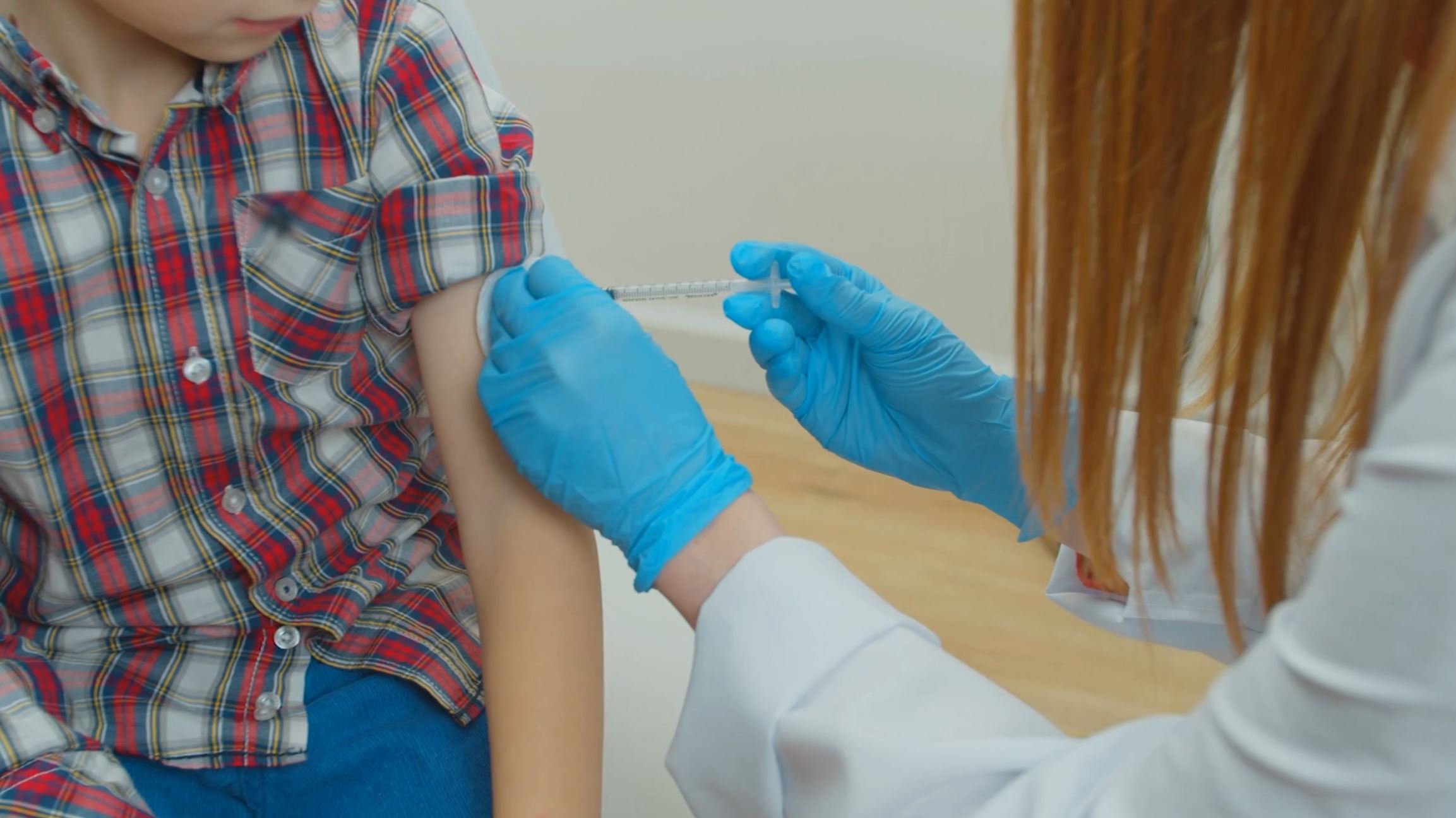
Causes and infection of chickenpox
Chickenpox is caused by the VZV (varicella zoster) virus. This disease actually represents the primary infection with the virus that, in some cases, will be responsible for the subsequent appearance of shingles. This explains why the majority of people only get chickenpox once in their lives.
Chickenpox is transmitted from person to person by contact with lesions, but also by the respiratory tract.
An infected person will be contagious a day or two before the rash appears. Also, in the few hours before the spots appear, the infection reaches its peak.
Causes and infection of measles
It is a virus called Paramyxovirus, which is responsible for measles. It is very contagious and spreads easily through the air.
An infected person who sneezes, coughs, or even simply breathes sends small contaminated droplets into the air, which promotes the spread of the virus.
An infected person is contagious about 5 days before the first symptoms appear. It stops about 5 days after the rash appears.
Symptoms of chickenpox
Symptoms appear 10 to 21 days after infection and last about two weeks:
- Fever (usually the first symptom).
- Stiffness and fatigue.
- Small red spots that look like mosquito bites. They appear after 24 to 48 hours. It will first be visible on the abdomen or face, before spreading to other areas of the body. Skin lesions often cause very uncomfortable itching.
- These lesions will turn into fluid-filled blisters, which will gradually burst, giving way to brown crusts.
- In most cases, almost all lesions disappear after about two weeks.
Measles symptoms
The first symptoms begin to appear after an incubation period that lasts between one and two weeks.
- Often high fever (can last several days).
- Cough, runny nose, red eyes, fatigue and irritability.
- The first lesions will appear on the inside of the cheeks, not far from the molars. Therefore, it is necessary to examine the mouth to identify them, because initially there are no lesions anywhere else in the body. These lesions look like small red bumps of different sizes. Its center is white, sometimes bluish, and can resemble a grain of sand. They are called Koplik's spots.
- A few days after these spots appear, another rash appears, this time on the face and upper neck. This time, these are large brown or red spots that resemble mottled plaques (a gallstone rash).
- The rash can then become generalized, and spots appear on the trunk and extremities.
- The rash usually disappears gradually within a week. Usually, it does not cause pain or itching. After the spots disappear, it is common for the skin to peel (desquamation).
- Some people with measles complain of eye pain and hypersensitivity to light, or develop conjunctivitis.






